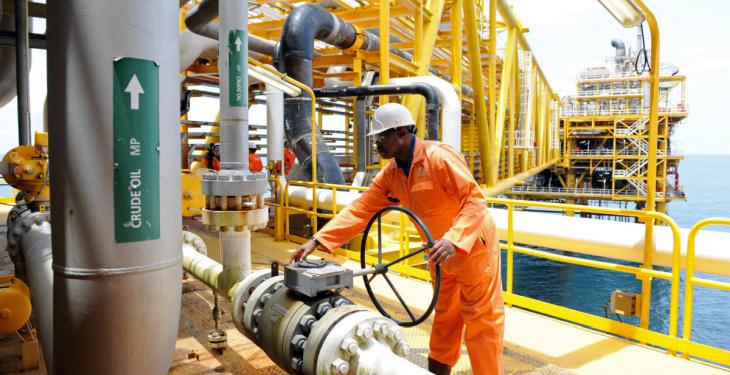The world’s top oil companies are expected to generate more cash in 2018 than at any other time this decade after three painful years of cuts, but it isn’t party time yet.
The shift in sentiment has been rapid as crude prices have risen by more than 50 percent over the past six months to reach $70 a barrel, a level not seen since the crash year of 2014, thanks to global supply cuts led by OPEC, according to Reuters.
Only a year ago, many investors still fretted over the sustainability of the sector’s lavish dividend payouts in a weak energy market. Now the focus on company boards is gradually switching from slashing jobs and investment to boosting shareholders’ returns and growth.
With memories of the 2014 price collapse still fresh and oil forecast to recover only slowly, frugality remains high on the agenda of boards and investors to ensure that the energy majors produce enough cash to pay dividends while reducing debt that ballooned during the downturn.
“The companies will need to demonstrate over time that lower capital spending can be sustained and that their dividends will remain fully covered,” said Jonathan Waghorn, energy fund manager at Guinness Asset Management, which holds shares of Chevron, Total and BP.
